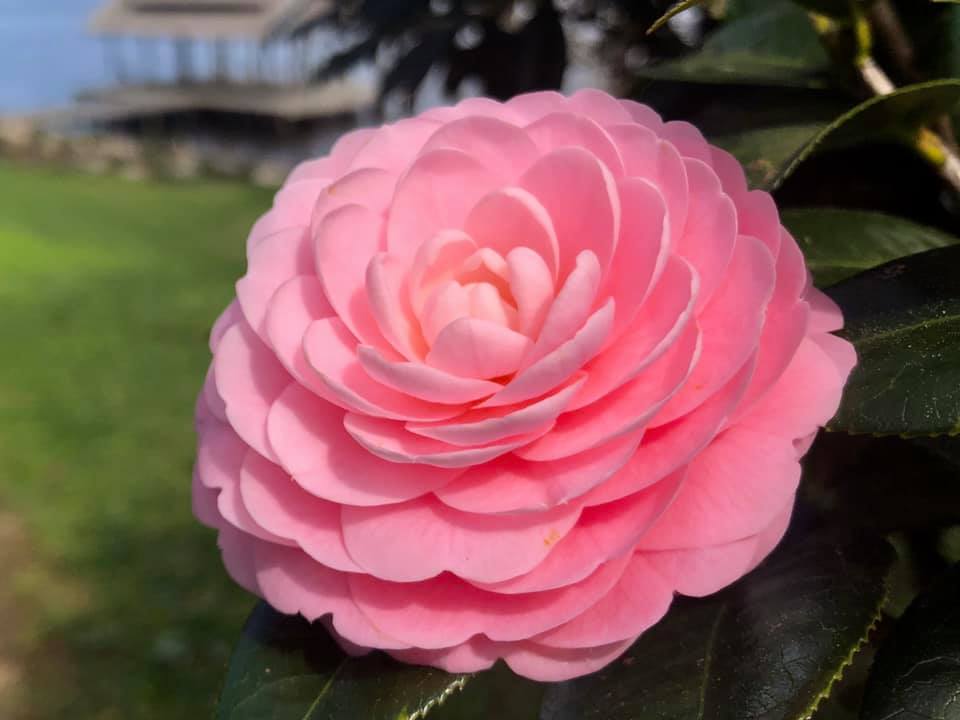Historic Greenville named to American Camellia Trail
Published 2:20 pm Wednesday, April 5, 2023
|
Getting your Trinity Audio player ready...
|
By Wanda Mitchell
On April 14, almost 89 years to the day Beeland Park was originally dedicated, the Greenville garden will be honored by the American Camellia Society.
At 11 a.m. the Society will present the city with the official signs making the park the 65th National Camellia Trail.
“There are only six camellia trails in the state, including us,” said Barbara Middleton, President of the Butler County Historical Society.
Jan Newton, president of the Greenville Camellia Sasanqua Society (formerly the Sasanqua Garden Club), has a wealth of information concerning not only Beeland Park, but the growth of the Camellia in Greenville.
“I hope all our members will be there,” said Newton. “With the combined efforts of the Sasanqua Society, the City of Greenville, the Greenville Area Chamber of Commerce and the Butler County Historical Society, Beeland Park will be on display for the entire county to see.”
Camellias usually bloom between December to around the end of March.
“One of the requirements for being on the trail is identifying all the different varieties of plants at Beeland Park,” Middleton said. “We’re hoping to have that by the beginning of next year’s growing season.”
The first camellia plant was said to have been brought from South Carolina by Aurelia Burkett Herbert in 1848.
It lived, and it lasted, Newton explained.
“By 1947, Greenville men in the white collar sector were already propagating camellias as a hobby and competing with each other by hybridizing and growing their camellias,” Newton said.
Two camellia organizations had formed by this time; the Greenville Men’s Camellia Society began in 1947 and then the Alabama Camellia Society (ACS) held its first meeting in 1948.
Dr. Aubrey Stabler, Sr. was the first president of the ACS and it was the ACS that wrote the petition for the Alabama legislature to name the Camellia Japonica the new state flower.
“The golden rod was the state flower at the time and most people thought it was just a weed,” Newton said.
When the petition failed in the Capital, the Greenville Men’s Camellia Society took up the mantle. “They wanted Greenville to be recognized as ‘The Camellia City’ and they wanted the camellia as the state flower,” Newton said.
A mass planting of camellias began around this time. For ten years, camellias were planted all over Greenville. In private yards, cemeteries, on school grounds, at City Hall and the grounds around the CourtHouse, the citizens of Greenville banded together to cover the city in flowers.
Camellias were even planted as memorials for fallen service men and women of WWII.
In 1959, another bill was presented, this time by Representative Lamont Glass and Senator H.B. Taylor, both residents of Butler county.
“It passed,” Newton said.
The already complete Beeland Park, which was made possible by the generous donation of land by R.A. Beeland and the New Deal program Civil Works Administration, created by President Franklin D. Roosevelt, was now the site of the city’s “Garden of Memory” Newton said.
The eight acre garden, which was originally dedicated April 12, 1934, is filled with over 300 varieties of camellia trees. These trees are now over 70 years old.
The Greenville Men’s Camellia Society contributed their own varieties to the collection. They propagated the Pride of Greenville, the Lamont Glass, the Beauty of Greenville, the Glenn Stanley, the Webb Stanley, and the Stabler’s Pink.






